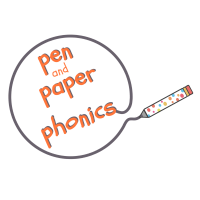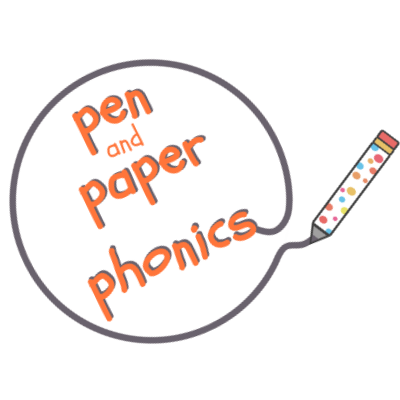This Jigsaw Puzzle Glued Sounds activity is a great way to teach and reinforce glued sounds. Glued sounds are two or three letters, that are not quite digraphs, because they still make two individual sounds, but the sounds get sort or ‘welded’ or ‘glued’ together in the mouth, so they are not two distinct sounds.
Knowing about glued sounds helps with ‘chunking’ words into parts. This makes it quicker to read words. The jigsaw puzzle idea helps to reinforce the ‘chunking’ idea.
Jigsaw Puzzle with Glued Sounds Activity
What you will need:

- A blank outline of jigsaw puzzle pieces (scroll to the end of this post for an example).
- A list of words with glued sounds in them (see the end of this post for a list).
- A pen.
How to play:

- Use flashcards to remind your child of the glued sounds you will be practicing. For example, flashcards with ‘ang’ or ‘unk’ on them.
- Read out a word on your list and see if your child can connect the jigsaw pieces so that they make the word.
- Ask your child to read the word.
- When you have gone through all the words, you could swap over. Your child reads the words and you connect the pieces.
Is this jigsaw puzzle with glued sounds activity right for your child?
Sometimes, it can be difficult to know if an activity will be helpful for your child or student. For this activity, the questions below might help:
- Do they know the sounds that the letters of the alphabet make?
- Are they reading three letter, one syllable words confidently? For example, ‘hot’, ‘map’, ‘run’.
- Have they started to read words such as ‘hat, ‘bat’, ‘rat’ as ‘h-at’, ‘b-at’ and ‘r-at’? In other words do they ‘chunk’ some sounds together to read simple words quicker?
- Have they been introduced to the concept of ‘glued sounds’?
If the answer is ‘yes’ to these questions, then this jigsaw puzzle with glued sounds activity will be a great way to teach or reinforce glued sounds.
To note
Not every game or activity goes to plan! Here are some things to watch out for:
- There are quite a lot of glued sounds so if your child is getting mixed up, you could focus on just one type of glued sound, such as ‘am’ or ‘an’ or ‘ang’ words. See the resource list at the end of this post for ideas. You can also color code the words, so that ‘nk’ words are one color and ‘ng’ words are another.
- If your child finds it too easy, or is matching the puzzle rather than thinking about the sounds in the word, then use just one type of puzzle piece for each word (provided on the puzzle outline page).
- When playing with just the puzzle pieces, you can make nonsense words. This is not too much of a problem, as playing around with sounds and words is often a beneficial activity. You can also draw attention to the fact that some of the words you make mean something, and others don’t.
Here’s how it looked when I did it in ‘real life’!



